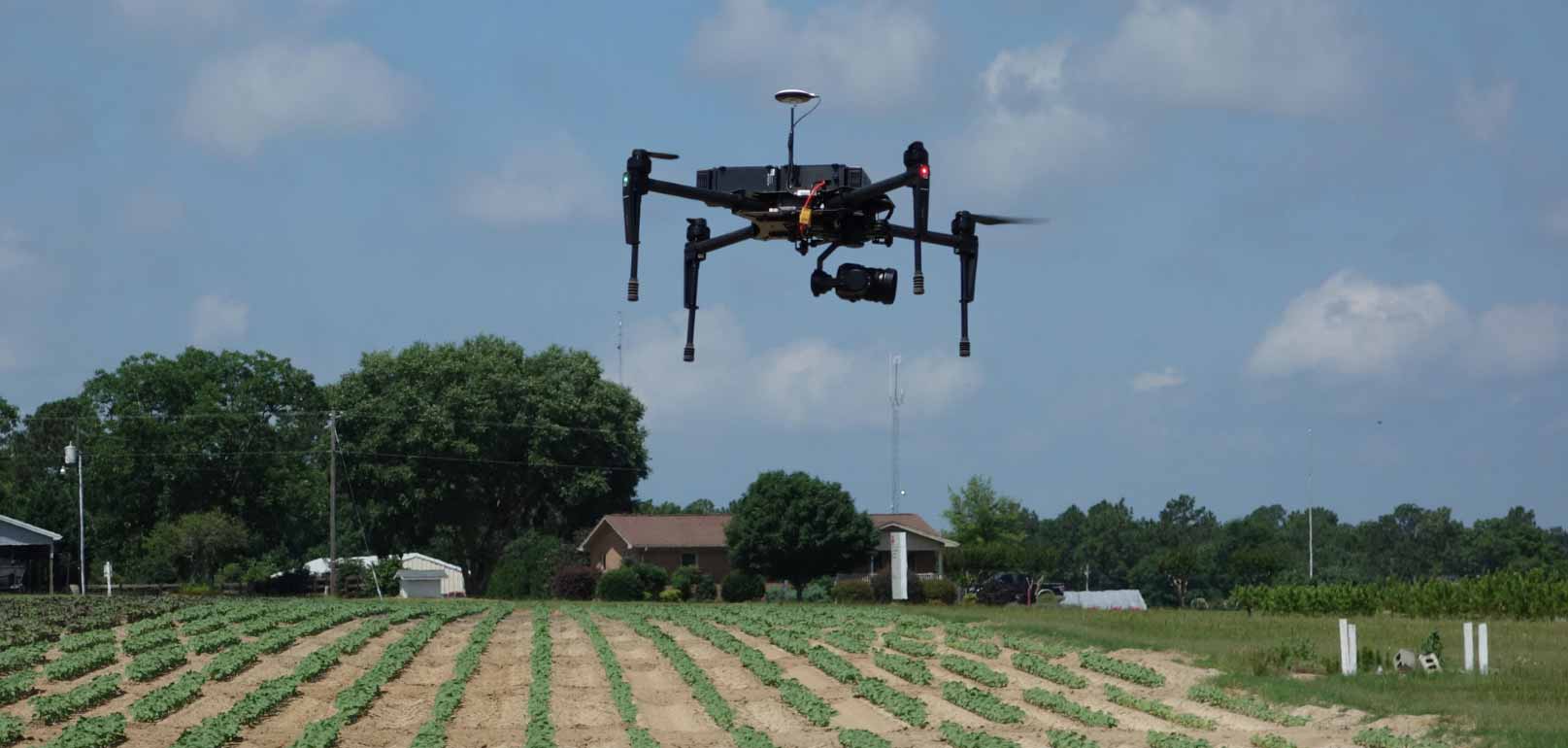North Carolina cotton growers prepare to give us the dirt in the name of soil health this summer. Alan Franzluebbers, soil scientist with the USDA – Agricultural Research Service in Raleigh, leads a field survey assessing the baseline condition of the cotton industry’s sustainability goals. The study measures soil properties related to how well growers are reducing erosion, improving soil carbon, and increasing water use efficiency.
“Seeing first-hand how practices impact nutrients and improve soil health is one benefit to participating in this study,” says Dr. Franzluebbers, PhD. “The other is building a foundation and contributing to better market conditions for cotton grown today, and in the future, not only in North Carolina but across the country.”
Kater Hake, vice president of agricultural and environmental research for Cotton Incorporated, explains why soil health is important to the growers, the environment and our community as global caregivers.
The Approach
North Carolina county extension agents help randomly select growers from the 44 cotton growing counties in North Carolina to meet 15% participation within a county. They ask growers for access to one of their fields for an hour or two of sampling and to respond to a short questionnaire on general field management history, such as:
- What types of crops have been grown on the field in the past 5 years?
- What type of tillage have you used in the past 5 years?
- What is your nutrient management process?
- Do you use cover crops?
- How long has the land been cropped (since clearing of woods or in pasture)?
Over the last 35 years, the commitment of U.S. cotton producers, researchers, and industry organizations led to dramatic reductions in land use, soil loss, water use, and energy use. Projects like this provide a baseline for best practices to continue the momentum in stewardship and increasing yields. Anonymous results summarized across all fields will be shared with growers within a year of sampling.



